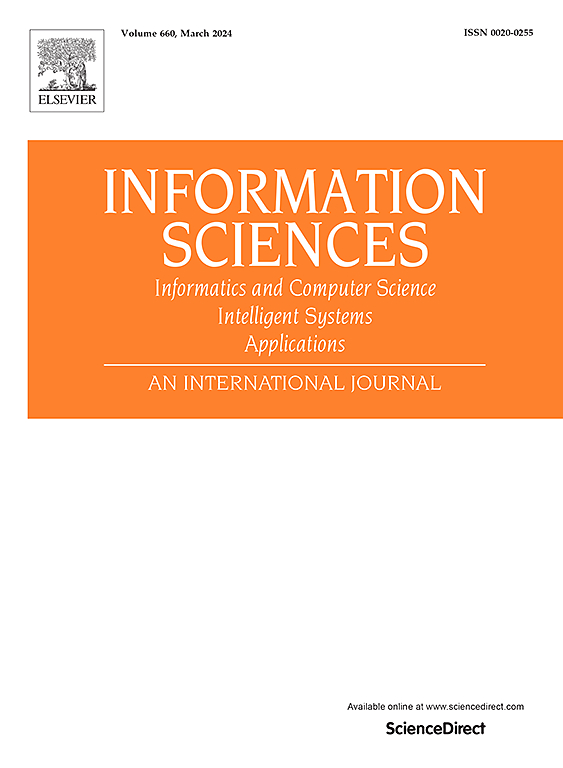A training-free framework for valid object counting by cascading spatial and semantic understanding of foundation models
IF 8.1
1区 计算机科学
0 COMPUTER SCIENCE, INFORMATION SYSTEMS
引用次数: 0
Abstract
Object counting aims to estimate the number of specific objects within an image. Though the estimated numeric metrics (e.g., MAE) by current methods are getting close to the ground truth, the validity and reliability of the counting objects are generally neglected. In this paper, we propose a training-free framework, called ValidCounter, to improve the validity of object counting. Two progressive modules are designed, including a spatial location module and a semantic filtering module. Given focused objects, the first module leverages the Segment Anything Model (SAM) to identify the location of objects with similar spatial features. Subsequently, the second module integrates a pre-trained vision-language encoder to compare semantic features between the focused and identified objects for filtering irrelevant ones. Our framework enhances counting accuracy by ensuring each counting object is similar to focused objects both spatially and semantically. Furthermore, as the used models are based on open vocabulary, our framework is class-agnostic and training-free, and comprehensive experiments on different datasets validate its effectiveness. Experimental results on three public datasets demonstrate that the proposed method achieves 7%-12% and 2%-6% improvement in Precision and F1 over the existing training-free approaches while preserving the competitiveness of other performance metrics. Moreover, our method achieves state-of-the-art performance on counting metrics for the FSCD-LVIS unseen-test dataset, along with top-tier effectiveness. Therefore, it can be stated that the proposed method reduces counting errors while enhancing the reliability of the counting source.
求助全文
约1分钟内获得全文
求助全文
来源期刊

Information Sciences
工程技术-计算机:信息系统
CiteScore
14.00
自引率
17.30%
发文量
1322
审稿时长
10.4 months
期刊介绍:
Informatics and Computer Science Intelligent Systems Applications is an esteemed international journal that focuses on publishing original and creative research findings in the field of information sciences. We also feature a limited number of timely tutorial and surveying contributions.
Our journal aims to cater to a diverse audience, including researchers, developers, managers, strategic planners, graduate students, and anyone interested in staying up-to-date with cutting-edge research in information science, knowledge engineering, and intelligent systems. While readers are expected to share a common interest in information science, they come from varying backgrounds such as engineering, mathematics, statistics, physics, computer science, cell biology, molecular biology, management science, cognitive science, neurobiology, behavioral sciences, and biochemistry.
 求助内容:
求助内容: 应助结果提醒方式:
应助结果提醒方式:


